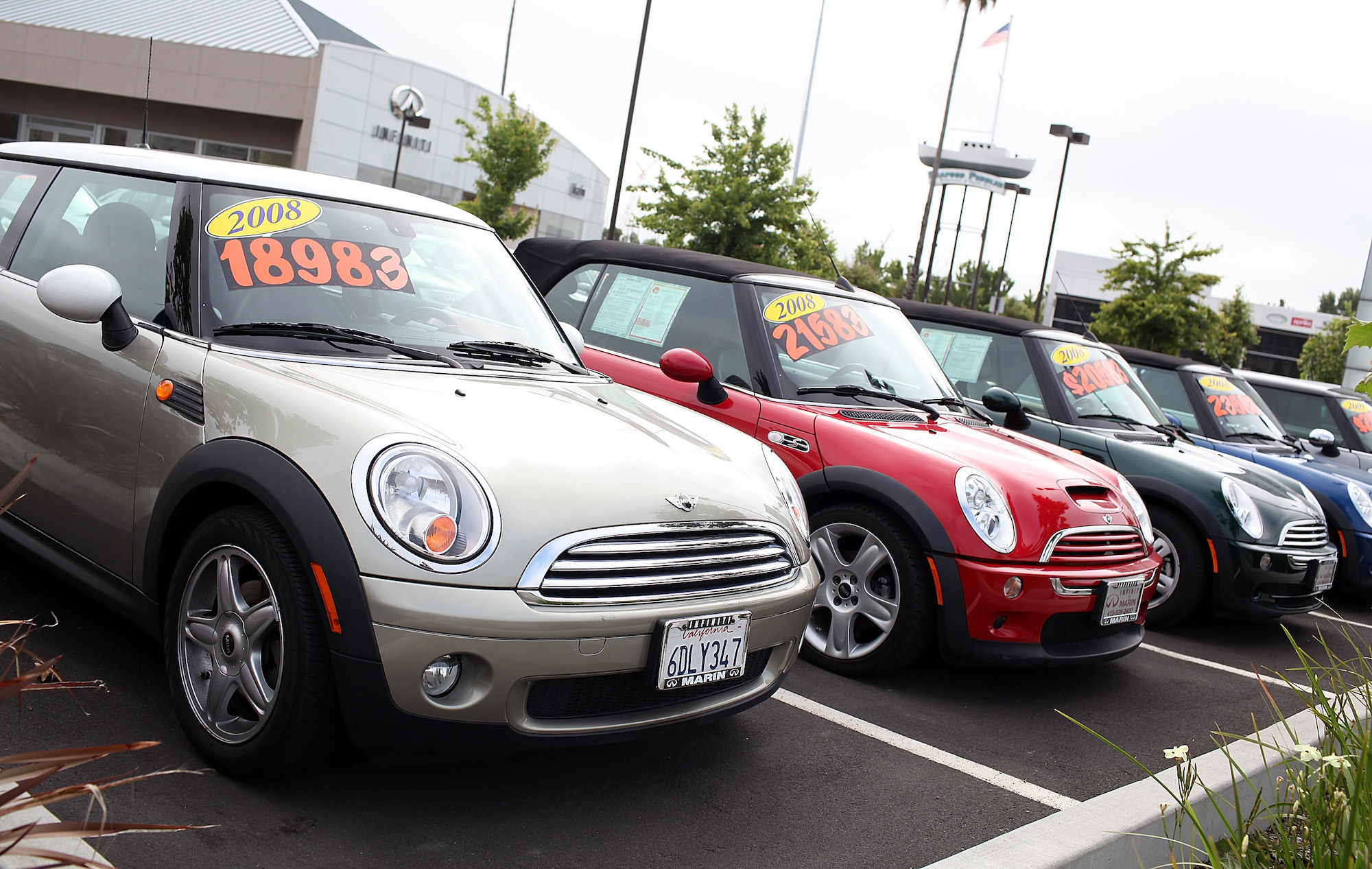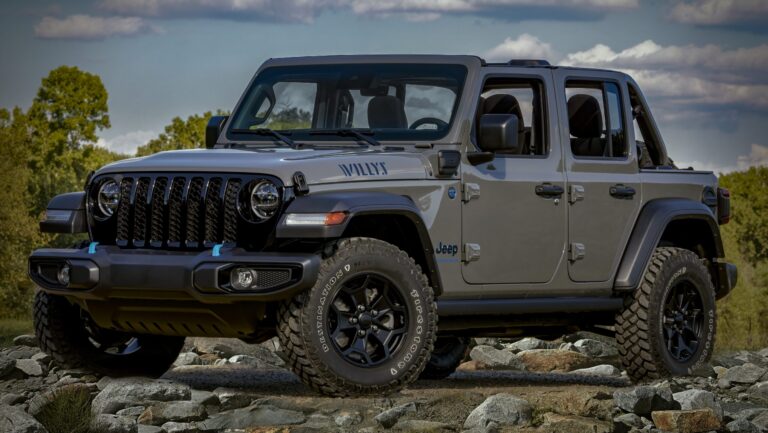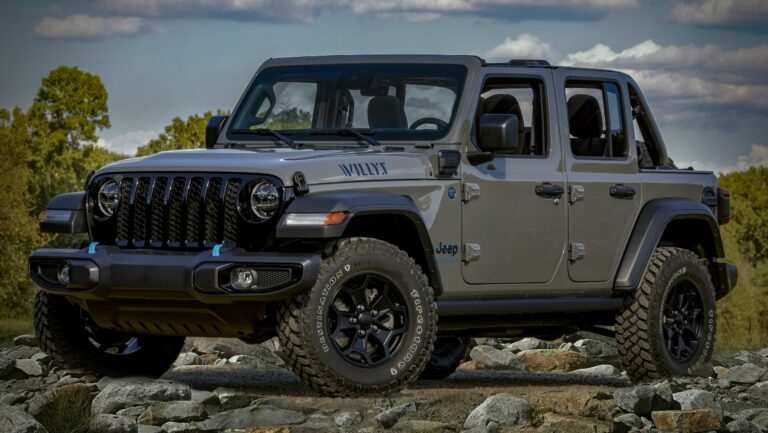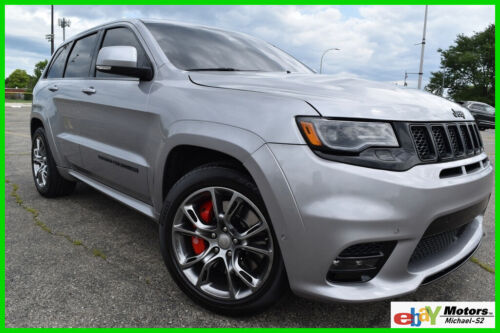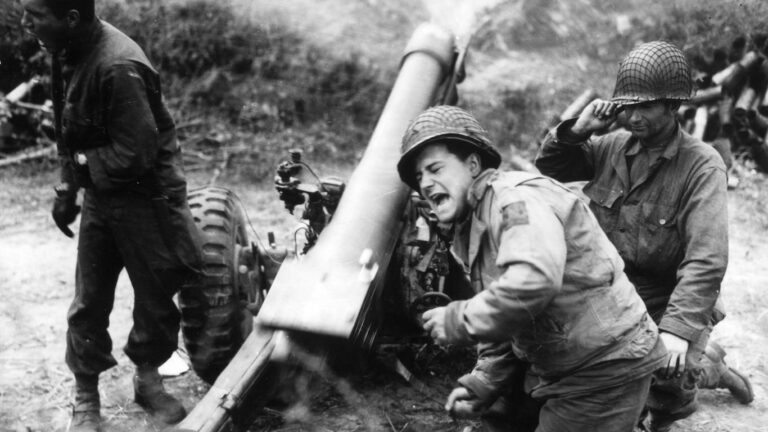Used Jeep Wrangler For Sale Under 10000 Near Me: Your Comprehensive Guide to Affordable Off-Road Dreams
Used Jeep Wrangler For Sale Under 10000 Near Me: Your Comprehensive Guide to Affordable Off-Road Dreams jeeps.truckstrend.com
The iconic Jeep Wrangler. For many, it represents freedom, adventure, and the ultimate off-road companion. Its distinctive grille, rugged capability, and removable top evoke images of conquering trails and cruising with the wind in your hair. While new Wranglers can command a hefty price tag, the dream of owning one doesn’t have to remain out of reach. For the budget-conscious enthusiast, the quest for a "Used Jeep Wrangler For Sale Under 10000 Near Me" is a very real, albeit challenging, pursuit.
This comprehensive guide is designed to navigate you through the exciting yet demanding process of finding an affordable used Wrangler. We’ll delve into what to expect, where to look, what to inspect, and the realities of owning an older, budget-friendly Jeep, ensuring your adventure begins with knowledge and confidence.
Used Jeep Wrangler For Sale Under 10000 Near Me: Your Comprehensive Guide to Affordable Off-Road Dreams
The Reality of Finding a Wrangler Under $10,000
Let’s set realistic expectations from the outset. A Jeep Wrangler priced under $10,000 will, almost without exception, be an older model, likely with higher mileage and some degree of wear and tear. You won’t find a late-model JK or a brand-new JL in this price bracket. Instead, your search will primarily focus on the Jeep Wrangler YJ (1987-1995) and the Jeep Wrangler TJ (1997-2006). Occasionally, a very high-mileage or cosmetically challenged early JK (2007-2018) might dip into this range, but it’s rare.
These older models, while robust, will naturally have accumulated years of use, potentially including off-road adventures, which can accelerate wear on components. Rust, particularly on the frame, is a critical concern for these vintage vehicles, especially in regions that experience harsh winters or coastal climates. However, the good news is that the aftermarket support for YJs and TJs is immense, and their mechanical simplicity makes them excellent candidates for DIY repairs and modifications. The "Near Me" factor is also crucial; local market variations in demand and supply can significantly impact prices. What might be available for $8,000 in one state could be $12,000 in another.
Identifying the Right Vintage: YJ vs. TJ vs. Early JK
Understanding the characteristics of each generation is vital for your search.
Jeep Wrangler YJ (1987-1995)
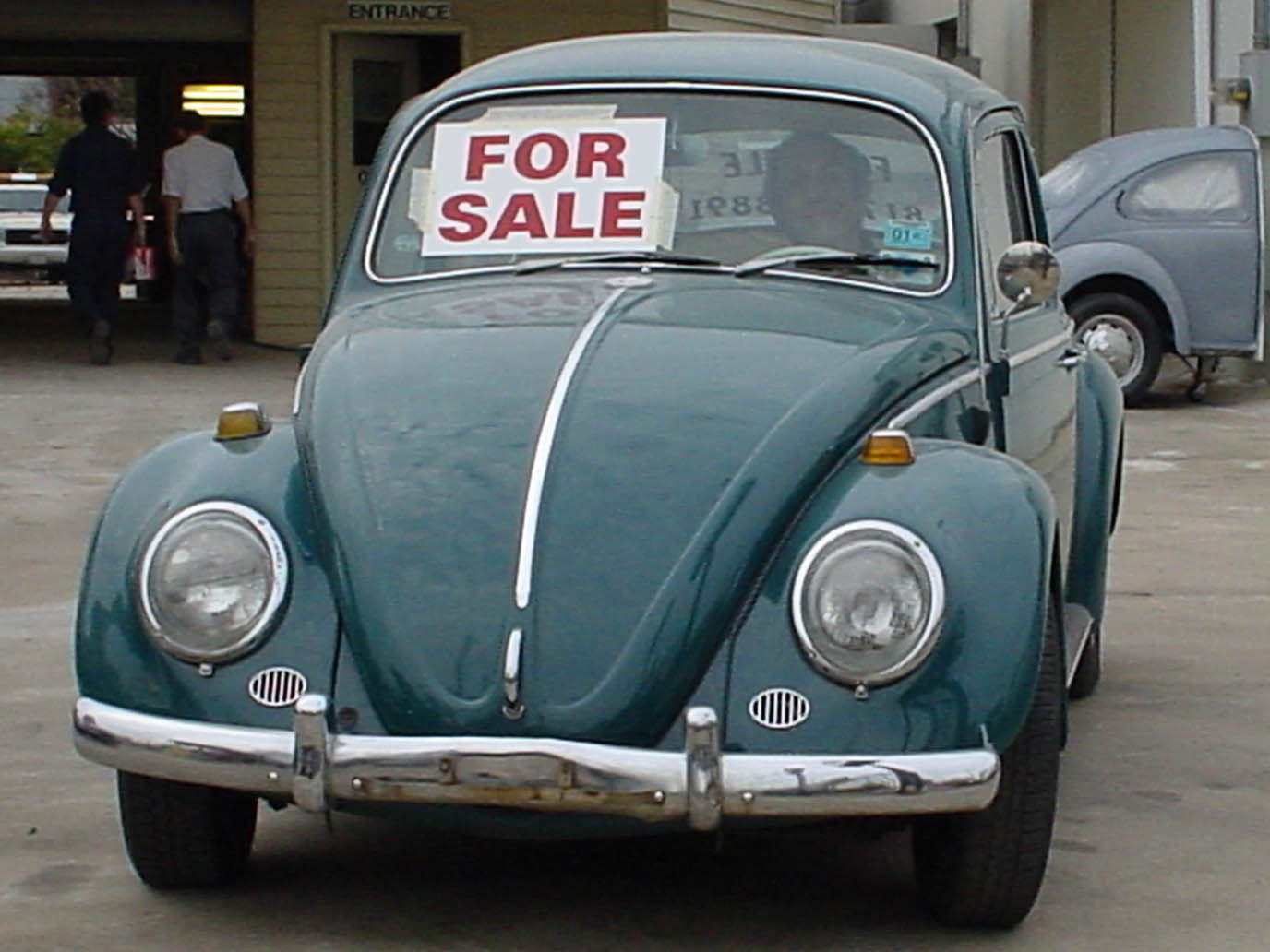
- Distinguishing Feature: Square headlights. This is the generation that often divides Jeep purists, but its unique look has a dedicated following.
- Suspension: Leaf springs on all four corners.
- Engines: Primarily the 4.2L (258 cu in) inline-six (carbureted initially, then throttle-body injected) or the 2.5L inline-four. Later models introduced the beloved 4.0L inline-six (High Output).
- Pros: Typically the most affordable option in the under $10,000 category. Simple, rugged, and easy to work on. Classic, minimalist interior.
- Cons: Rougher ride quality due to leaf springs. Older technology means fewer creature comforts. Prone to rust, especially on the frame and body mounts.
Jeep Wrangler TJ (1997-2006)
- Distinguishing Feature: Return to round headlights, modernizing the classic Jeep look.
- Suspension: Coil springs at all four corners.
- Engines: Predominantly the legendary 4.0L inline-six (242 cu in) and the 2.5L inline-four.
- Pros: Significantly improved ride quality and handling thanks to coil springs. Widely considered one of the best Wrangler generations for its blend of off-road prowess, reliability, and more comfortable daily driving. Robust aftermarket support. Includes the sought-after "Rubicon" trim (though unlikely under $10k unless severely distressed).
- Cons: Still an older vehicle, so rust remains a major concern. The 4.0L engine is known for cracked exhaust manifolds. Prices are generally higher than YJs due to demand.
Early JK (2007-2018)
- Distinguishing Feature: The first generation to offer a 4-door "Unlimited" model. Larger, wider, and more modern.
- Engines: Initially the 3.8L V6 (often criticized for being underpowered), later replaced by the more capable 3.6L Pentastar V6.
- Pros: More modern interior, better on-road manners, more creature comforts, option for four doors.
- Cons: Very unlikely to find a decent one under $10,000. If you do, expect extremely high mileage, significant mechanical issues, or severe body damage. More complex electronics can make DIY repairs challenging.
For your budget, the TJ is often the sweet spot if you can find one in reasonable condition, offering a better balance of comfort and capability. However, a well-maintained YJ can also be an excellent, more budget-friendly entry point into the Jeep world.
Where to Hunt for Your Budget Wrangler
Finding an affordable Wrangler requires diligence and looking beyond traditional dealerships.
-
Online Marketplaces (Your Best Bet):
- Craigslist, Facebook Marketplace, OfferUp: These are goldmines for private party sales. Set up search alerts for "Jeep Wrangler" within your desired price range and location.
- Tips: Be specific with your search terms (e.g., "Jeep Wrangler YJ," "TJ"). Filter by price (max $10,000). Look for detailed descriptions and multiple photos. Be wary of listings with vague information or only stock photos. Always ask for the VIN before you go to see it.
- eBay Motors: Good for nationwide searches, but shipping costs add up. Useful for finding rare parts or specialized builds.
- Craigslist, Facebook Marketplace, OfferUp: These are goldmines for private party sales. Set up search alerts for "Jeep Wrangler" within your desired price range and location.
-
Local Dealerships (Used Car Lots):
- While less likely to have Wranglers under $10,000, some smaller, independent used car lots might take older models as trade-ins and price them to move quickly.
- Tips: Check their "as-is" or "bargain" sections. Don’t expect pristine condition; these are often vehicles they don’t want to invest much in.
-
Private Sellers (Often Best Value):
- This is where you’ll typically find the best deals, as private sellers don’t have the overhead of a dealership.
- Tips: Arrange to meet in a safe, public place. Bring a friend. Don’t feel pressured. Ask questions about the vehicle’s history, maintenance, and why they’re selling.
-
Auctions:
- Public/Government/Impound Auctions: High risk, high reward. You might find a steal, but vehicles are often sold "as-is" with little to no inspection time. Requires significant mechanical knowledge.
- Tips: Go with an experienced mechanic. Have a towing plan.
-
Word of Mouth & Local Jeep Clubs:
- Join local Jeep owner forums or Facebook groups. Enthusiasts often sell their older vehicles to upgrade, and you might find a well-cared-for example within the community.
What to Inspect Before You Buy: A Pre-Purchase Checklist
This is the most critical step. Do not skip a thorough inspection, even if the price is tempting.
-
Rust (The #1 Killer for Older Jeeps):
- Frame: Absolutely critical. Check the entire frame, especially near suspension mounts, skid plates, and body mounts. Look for flaking, holes, or excessive bubbling. Tap it with a hammer – if it sounds dull or soft, it’s bad.
- Body: Floorboards (especially under the carpet), rocker panels, wheel wells, door jambs, and the area around the windshield.
- Underbody Components: Suspension arms, steering linkage, exhaust.
-
Engine & Transmission:
- Cold Start: Listen for excessive smoke (blue/white), knocking, ticking, or grinding.
- Fluid Leaks: Check under the vehicle for oil, coolant, or transmission fluid leaks.
- Oil & Coolant: Check levels and condition. Milky oil indicates coolant in the oil; oily coolant indicates oil in the coolant.
- Test Drive:
- Engine: Does it accelerate smoothly? Any hesitation or power loss?
- Transmission (Manual): Does it shift smoothly through all gears? Any grinding or difficulty engaging? Clutch feel.
- Transmission (Automatic): Does it shift smoothly without harsh jerks or slipping?
- 4×4 System: Engage 4H and 4L. Test on a loose surface (gravel, dirt) if possible. Ensure it engages and disengages properly.
-
Suspension & Steering:
- "Death Wobble": A violent, uncontrollable shaking of the front end, often triggered by a bump. Common on TJs (and some JKs) with worn steering components (ball joints, tie rod ends, track bar). Test drive at highway speeds.
- Shocks & Springs: Look for leaks on shocks. Bounce each corner of the vehicle – it should settle quickly.
- Bushings: Inspect all rubber bushings for cracks or deterioration.
- Tires: Check tread depth, uneven wear patterns (indicates alignment or suspension issues), and age (dry rot).
-
Electrical:
- Test all lights (headlights, brake lights, turn signals, interior lights).
- Check gauges, horn, radio, and HVAC system (blower motor, A/C if equipped).
-
Interior & Exterior:
- Soft Top/Hard Top: Inspect for rips, tears, clear window clarity, and proper sealing. Hard tops should be checked for cracks.
- Seats & Carpet: Condition, mold, or mildew.
- Doors & Windows: Do they open and close smoothly? Are windows operational?
-
Documentation:
- Ensure it’s clear and matches the VIN.
- Maintenance Records: A huge bonus if available, indicating a cared-for vehicle.
- Carfax/AutoCheck: Run a vehicle history report using the VIN to check for accidents, salvage titles, or flood damage.
-
Professional Pre-Purchase Inspection (PPI):
- For any vehicle purchase, but especially for an older one in this price range, a PPI by an independent mechanic you trust is highly recommended. It’s a small investment that can save you thousands in hidden repairs.
Understanding the Costs Beyond the Purchase Price
A budget Wrangler isn’t just the sticker price. Be prepared for:
- Maintenance & Repairs: These are older vehicles. Expect to spend money on immediate repairs (e.g., brakes, fluids, minor leaks) and ongoing maintenance. Parts are generally affordable and widely available, and their simplicity makes DIY work feasible.
- Insurance: Varies by age, driver history, and location.
- Registration & Taxes: Standard costs associated with vehicle ownership.
- Modifications: The "Jeep tax" is real. It’s easy to get carried away with lift kits, bigger tires, and accessories. Prioritize essential repairs and maintenance before diving into modifications.
Pros and Cons of a Sub-$10,000 Wrangler
Pros:
- Affordable Entry: Your ticket into the legendary Jeep community without breaking the bank.
- Learning Opportunity: Great for learning basic mechanics and off-road driving.
- Strong Aftermarket Support: Parts are plentiful, and there’s a modification for almost anything you can imagine.
- Unique Driving Experience: Nothing else feels quite like a Wrangler with the top off and doors removed.
- Excellent Off-Road Capability: Even stock, older Wranglers are incredibly capable.
- High Resale Value (if Maintained): Well-kept Wranglers hold their value surprisingly well.
Cons:
- Older Vehicle Issues: Rust, worn components, potential for immediate repairs.
- Higher Mileage: Most will have 150,000+ miles.
- Less Comfortable: Especially YJs, they’re not known for luxury or smooth highway cruising.
- Safety Features: Minimal compared to modern vehicles.
- Fuel Economy: Generally poor.
- Maintenance Demands: Requires a proactive approach to upkeep.
Estimated Price Ranges for Used Jeep Wranglers Under $10,000
It’s impossible to give exact prices as they fluctuate wildly based on condition, mileage, modifications, and regional demand. However, this table provides a realistic expectation of what you might find within your budget.
| Model Year Range | Condition Expectation | Price Range (USD) | Key Considerations/Typical Issues |
|---|---|---|---|
| 1987-1995 YJ | Rough/Project | $3,000 – $5,500 | Significant rust (frame/body), major mechanical issues (engine/trans), worn interior, missing parts. Needs substantial work. |
| 1987-1995 YJ | Fair/Driver | $5,500 – $8,000 | Moderate rust (surface/minor spots), minor mechanical issues, functional but worn interior, decent tires. Needs TLC but drivable. |
| 1997-2006 TJ | Rough/Project | $4,500 – $7,000 | Severe rust (frame/rockers), "death wobble," significant engine/transmission issues, poor interior/top. Requires extensive repair. |
| 1997-2006 TJ | Fair/Driver | $7,000 – $10,000 | Manageable surface rust, minor leaks, worn suspension, minor electrical quirks, functional top/interior. A solid base for improvement. |
| 2007-2010 JK | Rare/Distressed | $8,000 – $10,000 | Extremely high mileage (200k+), major mechanical failure, salvage title, significant body damage, or stripped. Not recommended for most. |
Note: Prices are estimates and can vary widely based on specific trim (e.g., Sahara, Sport, X), engine type, transmission, modifications, and most importantly, the vehicle’s overall condition and your geographic location.
Frequently Asked Questions (FAQ)
Q1: Is it realistic to find a good Wrangler for under $10,000?
A1: Yes, it is realistic, but "good" needs to be defined as "a solid, drivable foundation that will likely require ongoing maintenance and potential repairs." Don’t expect a showroom-quality vehicle.
Q2: Which years should I focus on for this budget?
A2: Primarily the YJ (1987-1995) and TJ (1997-2006) generations. TJs are generally preferred for their coil-spring suspension and 4.0L engine.
Q3: What’s the "death wobble" and how do I avoid it?
A3: The "death wobble" is a violent, uncontrollable shaking of the front end, typically on TJs and JKs, usually caused by worn or loose steering and suspension components (e.g., track bar, tie rod ends, ball joints). A thorough pre-purchase inspection is key to identifying worn parts before they cause this issue.
Q4: How important is rust inspection?
A4: Extremely important. Rust, especially on the frame, can compromise the structural integrity of the vehicle and make repairs incredibly difficult or impossible. It’s the number one killer of older Wranglers.
Q5: Can I daily drive an older Wrangler?
A5: Yes, many people daily drive older Wranglers. However, be prepared for a less refined ride, higher noise levels, and poorer fuel economy compared to modern vehicles. Regular maintenance is crucial for reliability.
Q6: Are parts expensive for older Wranglers?
A6: Generally, no. Thanks to a massive aftermarket and the longevity of these vehicles, parts for YJs and TJs are widely available and reasonably priced. Many repairs are also DIY-friendly.
Q7: Should I buy one with modifications already done?
A7: It depends. Well-done, quality modifications (e.g., proper lift kit, upgraded axles) can add value. However, poorly executed or cheap modifications can hide underlying problems or introduce new ones. Always inspect modified Jeeps even more thoroughly. A stock or lightly modified Jeep is often a safer bet for a budget buyer, allowing you to choose your own upgrades later.
Conclusion
The pursuit of a Used Jeep Wrangler For Sale Under 10000 Near Me is an exciting journey into the world of affordable adventure. While it demands realistic expectations, diligent searching, and a thorough inspection process, the reward is an iconic vehicle capable of delivering unparalleled freedom and off-road thrills. By focusing on the robust YJ and TJ generations, understanding the common pitfalls like rust, and being prepared for the ongoing costs of ownership, you can confidently acquire a budget-friendly Wrangler.
Remember, owning an older Jeep is often as much about the journey of maintaining and customizing it as it is about driving it. Embrace the quirks, learn to wrench, and join the vibrant Jeep community. Your affordable off-road dream is within reach, ready to take you on countless adventures.
